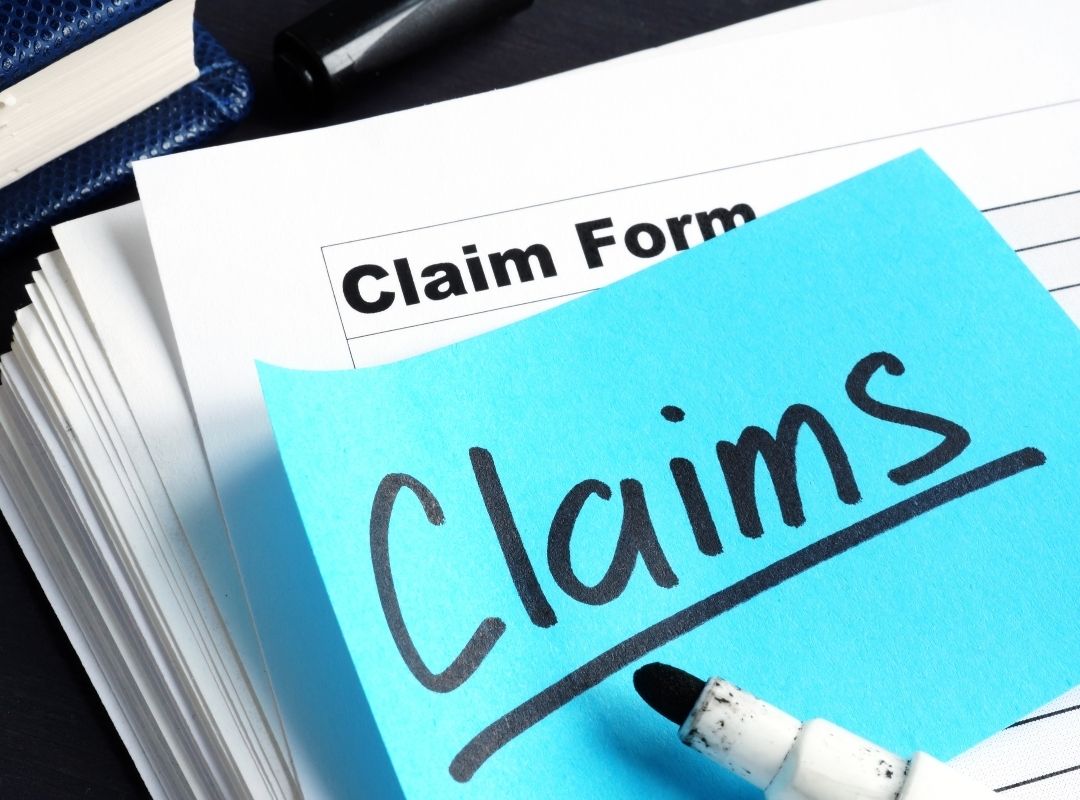Storm damage claims can be daunting for homeowners. Collecting and providing evidence of the storm damage to your property is a necessary step in order to receive compensation from an insurance company.
This article will discuss best practices for documenting and providing evidence for your storm damage claim. The advice provided in this article is based on research conducted by industry experts, as well as lessons learned through experience.
It is important that readers understand how to effectively document their storm damage in order to maximize their chances of receiving a successful outcome with their claim. The strategies outlined herein are designed to help readers feel empowered when making decisions regarding these types of claims.
Taking Photos And Video
Saving images and sharing data are two key components in providing evidence for a storm damage claim.
Taking photos or videos of the affected area is essential, as it serves to provide an objective view of the damage that has been done.
It should be made sure to capture all aspects of the damage, such as any debris, water levels, structural issues, etc.
Pictures should also be taken with some context; taking shots both before and after can show the difference in conditions.
All photos and videos should have time stamps so they can be easily referenced when dealing with insurance claims adjusters in Carson Nevada.
Furthermore, these images should be stored digitally in order to make them easier to share on email or other digital platforms if necessary.
In addition, having copies printed out can help serve as physical proof for further documentation purposes.
Collecting this type of evidence will go a long way towards helping get a successful outcome from your storm damage claim.

Recording The Date And Time Of The Storm
Having taken photos and videos as evidence for storm damage, it is important to document the events in a more structured way. Taking notes can help capture vital information that may not be visible in images or recordings.
By recording dates and times of when the incident occurred, this provides further proof that an event happened at a specific point in time. When taking notes, remember to include details such as witness accounts and any relevant conversations during the course of documentation. It is also helpful to note down any changes made onsite or nearby locations which could potentially support your claim.
By thoroughly documenting all aspects of the storm event, you are making sure that all possible pieces of evidence are accounted for should you need them in future reference. Additionally, if there has been considerable damage due to the weather conditions, take extra care that nothing gets displaced or moved until after proper documentation has been completed by experts who specialize in handling insurance claims arising from storms.
This will ensure that no potential piece of evidence is overlooked when filing for a successful claim with your insurer.
Securing The Damage Site
The securing of a storm damage site is essential for the safety and protection of those who will be surveying its damages. Access to the area should be restricted, as debris can be hazardous or unstable. The entry point must also be secure in order to prevent unauthorized access from other parties or trespassers. Securing access to the property is best done by law enforcement or private security personnel, if available.
Documenting changes that have occurred before and after a storm event is important when making an insurance claim. It is recommended that photos are taken prior to any repairs being made as this provides evidence of what existed pre-storm.
Additionally, photographs taken during and post-storm help illustrate the extent of losses sustained due to wind and water damage. Photos should include all areas affected such as interior rooms, exterior structure, yards and landscaping, vehicles, etcetera.
A comprehensive account of all documentation should accompany your insurance claim submission; it’s wise to capture more than what is required so you have proof in case there are discrepancies in coverage down the line.
Keeping Records Of All Communication
In order to ensure that the claim process is as straightforward and efficient as possible, it is important to document all communication related to the storm damage claim.
The best way of documenting conversations is by maintaining logs which should include details such as dates, time, people involved in the conversation and a summary of information discussed or decisions made. This will help provide an accurate record for future reference and serve as evidence during any dispute resolution proceedings.
It is also beneficial to keep copies of all documents exchanged with relevant parties including emails, letters or other forms of official correspondence.
Taking notes may be helpful when attending meetings or having phone conversations so that key points are not forgotten. It can be useful to have another person present who can take down their own set of notes if available.
All this documentation should be kept on file until after settlement has been reached and finalized.
Notifying Your Insurance Company Immediately
It is essential to promptly inform your insurance company of the storm damage.
This notification should be made as soon as possible, even if an exact assessment of the damages has not yet been determined.
Reporting requirements and filing deadlines vary based on state regulations; it is important to familiarize yourself with such specifics in order to maximize potential compensation for losses incurred.
Notifying your insurer quickly can make a significant difference when filing a claim.
As written documentation is paramount to successful claims processing, take photographs or videos to accurately capture every aspect of the damaged area(s).
Make sure you retain all receipts for any repairs that are made prior to final settlement of the claim and save copies of any correspondence sent or received from your insurance provider.
By following these steps, you will ensure that your policyholder rights are upheld while minimizing delays in receiving payment towards repair costs associated with storm damage.
Hiring An Experienced Public Adjuster
The aftermath of a severe storm can be a difficult and stressful situation. For those in search of assistance, seeking advice from an experienced public adjuster is often the first step.
Public adjusters are knowledgeable professionals licensed to represent property owners who have suffered loss due to natural disasters such as storms. They understand how insurance companies calculate damages and will work on behalf of the policyholder to ensure they receive all legal benefits of their coverage plan.
When hiring a public adjuster, it’s important to research local providers and obtain multiple estimates for services rendered before signing any contracts or agreements. A reputable professional should be able to provide accurate assessments and reliable information about the claims process with minimal disruption to your daily routine.
Furthermore, a good public adjuster should also possess excellent communication skills that allow them to keep you up-to-date on progress throughout the entire claim process. Taking these steps can help make sure you get the best possible outcome when filing your storm damage claim.

Understanding Your Policy Terms And Conditions
It is imperative to understand the terms and conditions of your insurance policy before you file a storm damage claim.
Reading through the coverage, exclusions, and other details in your policy will give you an overview of what to expect when filing forms for reimbursement. Knowing the necessary procedures ahead of time can save valuable time should any discrepancies arise during the claims process.
An effective way to ensure that nothing has been overlooked or misinterpreted is to compare all relevant documents next to each other and take note of key words as well as unfamiliar terminology.
This enables you to identify potential issues early on so they may be addressed appropriately prior to submitting paperwork and gathering evidence for your claim.
Additionally, it is prudent to discuss any questions with a qualified representative from your insurance company who can provide more detailed assistance throughout the claims process.
Conclusion
It is important to understand the terms and conditions of one’s insurance policy in order to make a successful storm damage claim.
It is also essential that you:
- Document any damages
- Take photos or videos for evidence
- Record dates and times of storms
- Secure the damaged site
- Keep records of all communication
- Notify your insurance company as soon as possible
Hiring an experienced public adjuster can be beneficial in helping assess the damage and represent your interests during negotiations with the insurance company.
Ultimately, having proper documentation and preparedness are key components when making a storm damage claim.
Taking these steps will help ensure that individuals receive fair coverage from their insurance companies following a severe weather event.



